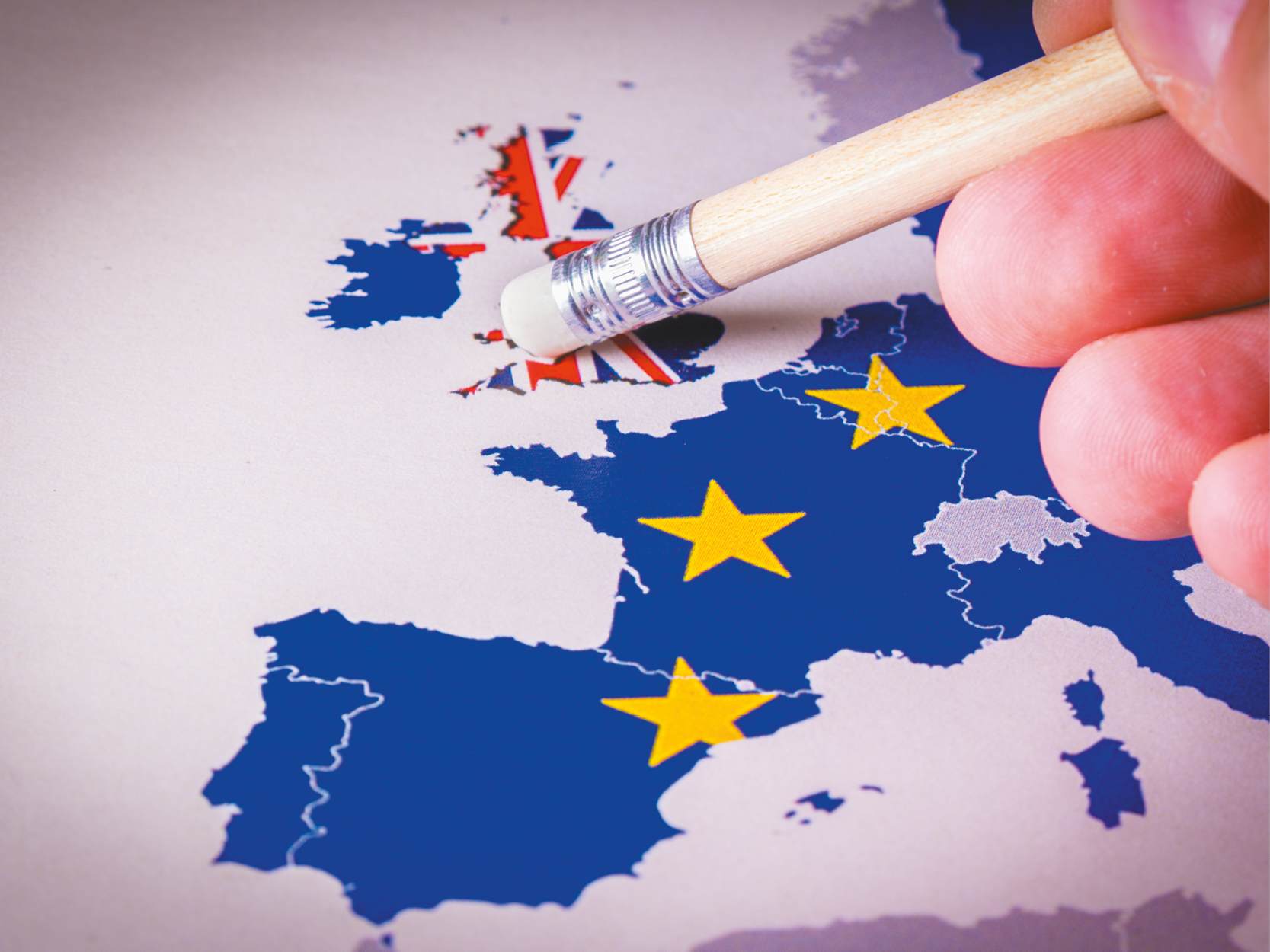
Liv-ex prepares for skyrocketing cost of Brexit transition
Liv-ex is predicting that the number of ‘steps’ involved in transferring wine between the UK and the EU will more than double post-January, with associated costs forecasted to rise exponentially.
In line with a rising set of bureaucratic hurdles and red tape, the fine wine trading platform is aiming to mitigate and absorb costs ‘as much as possible’ come 1 January when the UK transition period for leaving the EU comes to an end.
As the January 1 deadline looms, Liv-ex is expecting the number of steps involved in cross-border movement of wine to double from eight to 16 for UK merchants buying directly from the EU and vice versa.
These will soon include costly VI-1 forms (UK VI-1s to be in force from July 2021), importer labels, which will need to be added by 2022, and also supplier checks for ISPM15 packing requirements.
Suppliers in both Europe and the UK will also need an EORI number if they are planning to export – a step which also brings additional liability.
Most of these increased reporting and documentation requirements are now firmly on the horizon and won’t be impacted by a trade deal.
Ashley Hopkins, Liv-ex’s director of operations and technology, said: “The good news is that all of this can be overcome. The bad news is that it comes at cost. We’ve estimated it currently costs, on average, £5 to move a case of wine from Europe to the UK and vice versa. After January, if everything goes against us, that could go up to £75 per case. The costs are significant.”
These hurdles are likely to be particularly burdensome for the fine wine industry.
Hopkins, who spoke at a Liv-ex session held to help its members prepare for Brexit, highlighted the material impact of increased cross border regulation on the UK as a fine wine trading hub. While the UK imports 99% of its wine – and over half of that comes from Europe – the UK is also a major re-exporter of fine wine.
It is estimated that the UK accounts for just over a third of the £5 billion global fine wine trade. The UK exports around £650 million of wine a year, and only a small percentage is actually made in the UK, Liv-ex has said.
To pick just one of the bureaucratic hurdles to be introduced come 1 January, Hopkins said: “Pallets moving between the UK and Europe will have to show they are all compliant with the ISPM15 packing requirements. This is a relatively new piece of legislation that came into effect in the early 2000s. A case from 1982 is unlikely to meet this standard – and many of us deal exclusively in older vintages,” Hopkins said.
Liv-ex is telling its members that is using economies of scale to minimise costs, while aiming to absorb as much as possible.
It has also evolved warehousing capabilities in France and Belgium, while investing in photobooths and checking resources in Europe.
Around 90% of wine that is traded on Liv-ex is from Europe.
Keywords:
- wine
- UK
- EU
- Fine Wine
- Europe
- fine
- january
- liv ex
- costs
- comes
- liv
- ex
- VI
- wine trading
- vice versa
- cross border
- fine wine trading
- liv ex’s director
- cost we’ve estimated
- significant ”these hurdles
- £75 per case
- EORI




